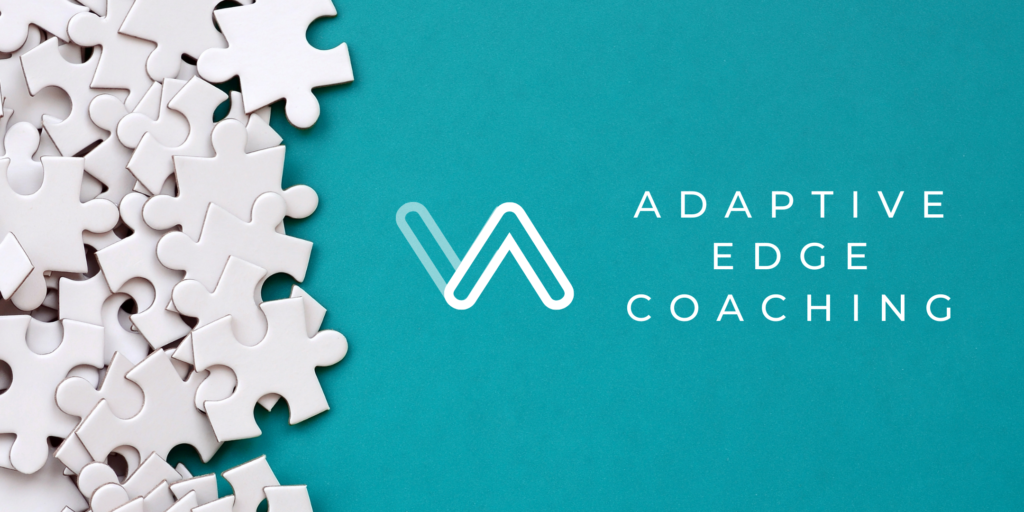As humans, we feel things deeply. It sometimes seems as if our emotions take on a life of their own. We can experience both immense joy and crushing sadness in a matter of minutes. Typically, we think of emotions as innate and universal expressions, and that we are born with the ability to feel these various emotions. New research in neuroscience is challenging this classical view of emotion. We are now learning that emotions may be psychologically constructed rather than biologically present. Evolutionarily speaking, emotions serve survival purposes as well. Joy, fear, anger, and sadness are four emotions that help us to communicate with others. Each of these emotions can help us to communicate accomplishments (joy), danger (fear), blocked goals (anger), and changes (sadness). If you saw fear on your sibling’s face, you would know that a dangerous spider is present. If you saw anger on your father’s face, you would realize that there was a big traffic jam blocking him from getting to work on time.
Many times we assume that emotions are uncontrollable and that they make us irrational. Supposedly, it takes reason and rational thinking to eventually get our emotions under control. Popular culture portrays emotions as a reflex; like the way we instinctively move our hand when we accidentally touch a hot stove. Taking into consideration the evolutionary perspective, we also believe that emotions are universal. No matter where you live or what culture you come from, we all experience happiness the same way — more or less. New research has proven all of that to be false. So what does that mean for emotion? Emotion is constructed based on our culture and social experiences.
The Theory of Constructed Emotion
Lisa Feldmen Barrett, the leading neuroscientist researching emotion, has pioneered the theory of constructed emotion which has a different perspective on emotion. Her theory states that emotions are constructed as a byproduct of socialization and culture rather than solely innate biological processes. She explains that emotions are constructed to help us understand situations in our environment and take the appropriate actions. New research has revealed that there are no specific neural signals or systems in the brain to trigger various emotions.
Barrett lays out the important concept of predictive coding as well. Predictive coding is the idea that our brain constructs emotions based on social learning and past experience. Let’s say I am walking in a dark alley on my way home and I shiver a little. I shivered because my brain has constructed an emotion of fear associated with the dark, being alone, and danger. My brain has learned to produce this emotion in this environment due to my past observations of movies, stories I have heard, or perhaps even a scary experience I had in this similar environment. Now imagine that the next day I see my friend shiver a little when they tell a story about how scared they were when they got lost in the woods at night while camping. Based on her facial expression and the context of the story, I empathize with her and this reinforces the coding that our minds have created together as a culture. Barrett’s research has shown that our interpretations of the environment are developed after there is an input of a motor or sensory stimulus. We then take these interpretations and turn them into concepts to create meaning.
Cultural Differences
Emotion is not universal. Since emotions are concept based, other cultures have concepts for emotions that Americans do not. “Schadenfreude” is a German concept that can be translated to a pleasure or satisfaction that arises from witnessing another person’s troubles or misfortunes. A Japanese example is the word “shinrin-yoku” meaning pleasure from bathing in the forest. In Sanskrit, “sukha” refers to true happiness regardless of external circumstances. “Schemomechama” is a Georigan word that means overindulging in food for the pleasure of it. All of these words are concepts in other cultures that have no word for the emotion in English, and what’s fascinating is that these emotions all have distinct feelings in the body. We know, for example, that there are minor differences between the felt experiences of satisfaction and relief. Imagine if there was no concept for relief. We would never feel that emotion! This is the case for many Americans who will never feel schadenfreude, shinrin-yoku, and sukha.
Cultural ideas and experiences become embodied which means that our social environment plays a huge role in our behavior. This new research minimizes the impact of biological influences on behavior. So what does all the information mean for you? It means that you have much more control over your thoughts, emotions, and behaviors than you may have realized. At Adaptive Edge Coaching, we use this science to help you to take charge of your life and transform old patterns while making adaptive changes. Check out our programs and email Greg Murray at greg@adaptiveedgecoaching.com for more information.
This blog is the first of a 4-part series on emotion construction. Check out our additional posts here!

